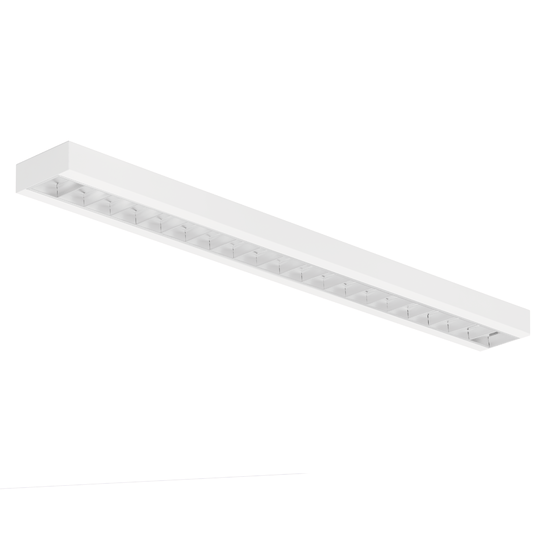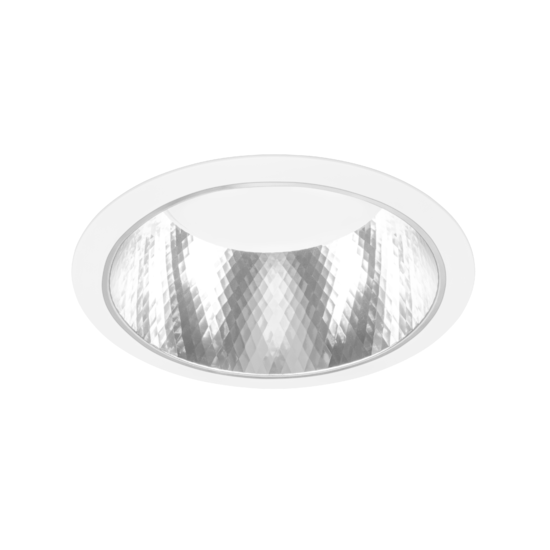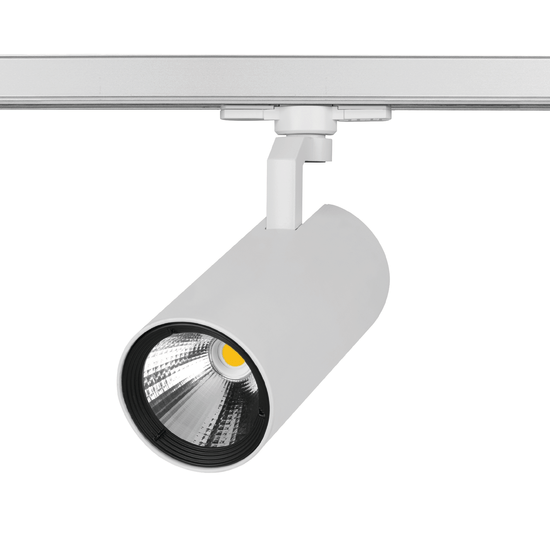What is DALI?

The Digital Addressable Lighting Interface (DALI) is a digital serial control protocol for architectural lighting. DALI standard: IEC 60929.
It operates using a 2-wire bus for communication. (Command/Data) as well as supplying power to DALI devices, which is can vary though is typically about
16 V when there is no communication. The DALI bus command provides facility to control, configure, and query the product.
DALI1 and DALI2 Differences and Interoperability
DALI-2 refers to the latest version of the DALI protocol according to IEC 62386. It was refactored in late 2014 for ease of use and improvements.
Many of these include the addition of new commands and features. One of the most important changes in the DALI-2 is the addition of a control device. (including application controllers and input devices) which is not included in the original version of DALI at all.
DALI DT6 and DT8 Differences and Functionality
The DT6 driver, single address single channel, uses one address to dim the color temperature and another address to dim the intensity, with support for
DALI 102 and DALI 207 protocol. DT8 drivers, single address multipath channels, use one address to achieve tunable white application. It’s compatible with DT6 and support DALI 209 protocol.
DALI general requirements
- Only 64 ballasts per DALI bus (interface)
- Only 16 groups per interface
- Only 16 scenes per interface
- Ballast configuration (including address), groups and scenes is uploaded to and stored in the ballasts themselves
- Topology-free DALI bus operates at very low data rates
- Command-based protocol, ballasts perform fades and maintain levels
- Only certain discrete fade values are permitted

As a result the DALI protocol is not suitable for rendering effects and media, programming is restricted purely to recalling lighting levels via the Set Level and DALI Scene presets.
DALI Cable
- Maximum distance: 300 m
- Minimum gauge: 1.5 mm2
- Two-wire system
- Maximum number of devices: 64 per DALI line
- Polarity – None
- Baud rate: 1200 baud
- Serial Data: 8 bits, 1 start bit, 4 stop bits
- Manchester coding
DALI Power Supply (PSU)
- DALI voltage: 9.5 V – 22.5 V nominal voltage: 16 V
- Maximum voltage drop allowed: 2 V
- Maximum supplied current: 250 mA
- Only 75% of the power of the DALI supply should be used, and if there are many DALI devices that are powered by the DALI bus, only 50% of the power is recommended for the safety of the device.




